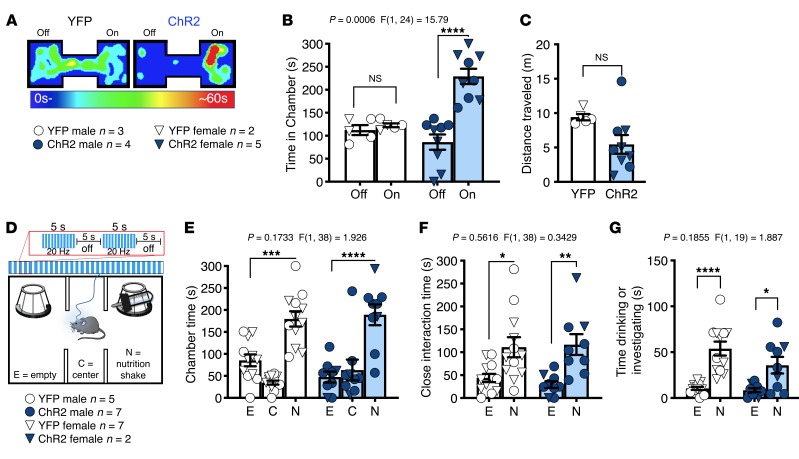Figure 3. Activation of BLA terminals in the NAc is rewarding but does not reduce palatable food seeking.
(A–C) Effects of BLA-NAc stimulation in the RtPP assay. (A) Representative heatmaps of RtPP results. (B and C) Animals expressing ChR2 spent significantly more time in the stimulation-paired (On) compared with nonpaired (Off) side in the RtPP assay (NS, P = 0.9083, and ****P < 0.0001) without any effect on total distance traveled (unpaired, 2-tailed t test, P = 0.0568). YFP n = 5, and ChR2 n = 9 (B and C). (D–G) Effects of BLA-NAc stimulation on Ensure-seeking behavior. (D) In a modified 3-chamber task a sipper bottle of Ensure was added to 1 chamber while stimulation was delivered to animals. (E) Activation of the BLA-NAc circuit did not alter time spent in the chamber with (***P = 0.0003, and ****P < 0.0001), (F) close to (*P = 0.0102, and **P = 0.0037), or (G) drinking (****P < 0.0001, and *P = 0.0128) the nutrition shake in ChR2-expressing animals compared to YFP-expressing animals. YFP n = 12, and ChR2 n = 9 (E–G). Data analyzed via unpaired, 2-tailed t test (C) or 2-way mixed-effects ANOVA with Holm-Šídák multiple-comparison post hoc tests (B, E–G), with P and F values for chamber × virus interaction shown in B, and E–G.

